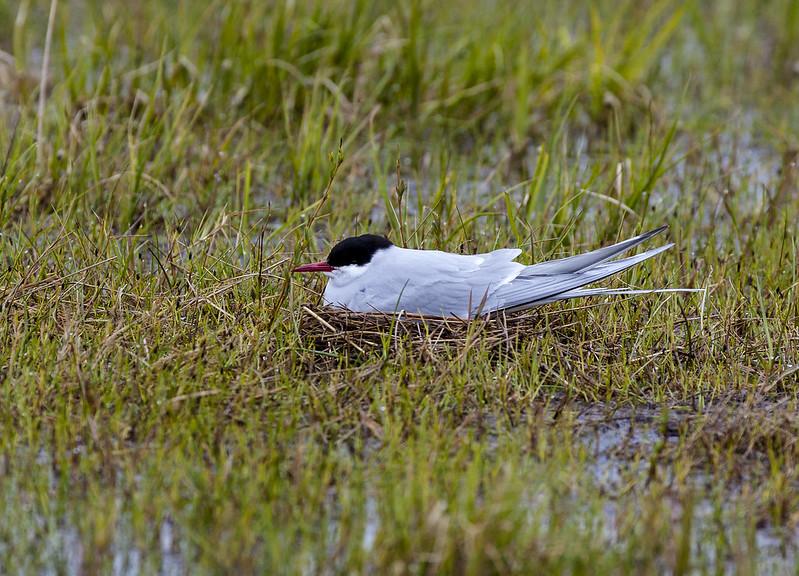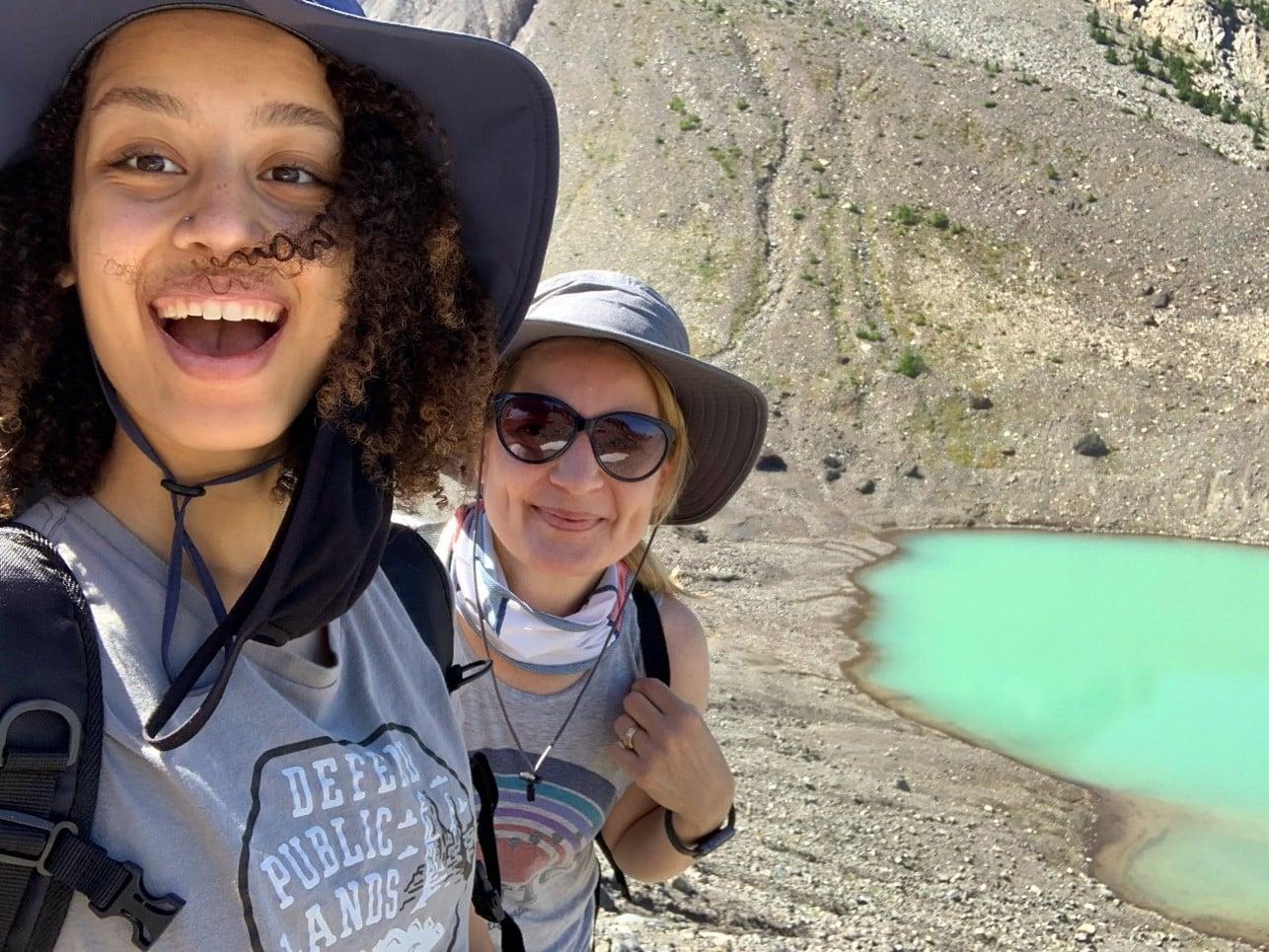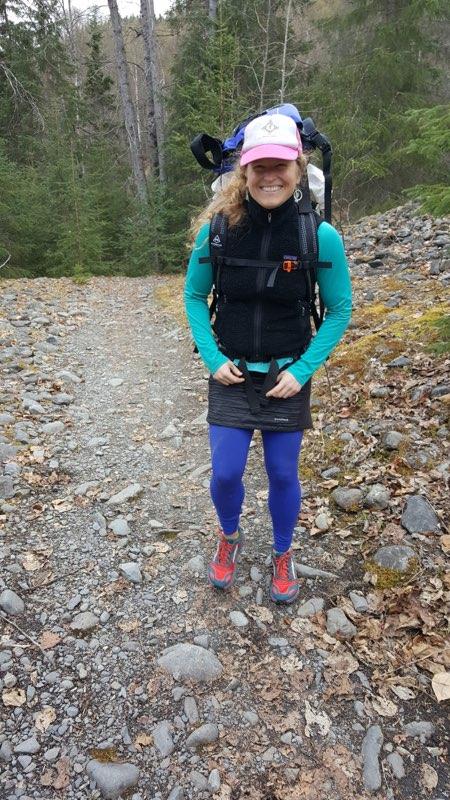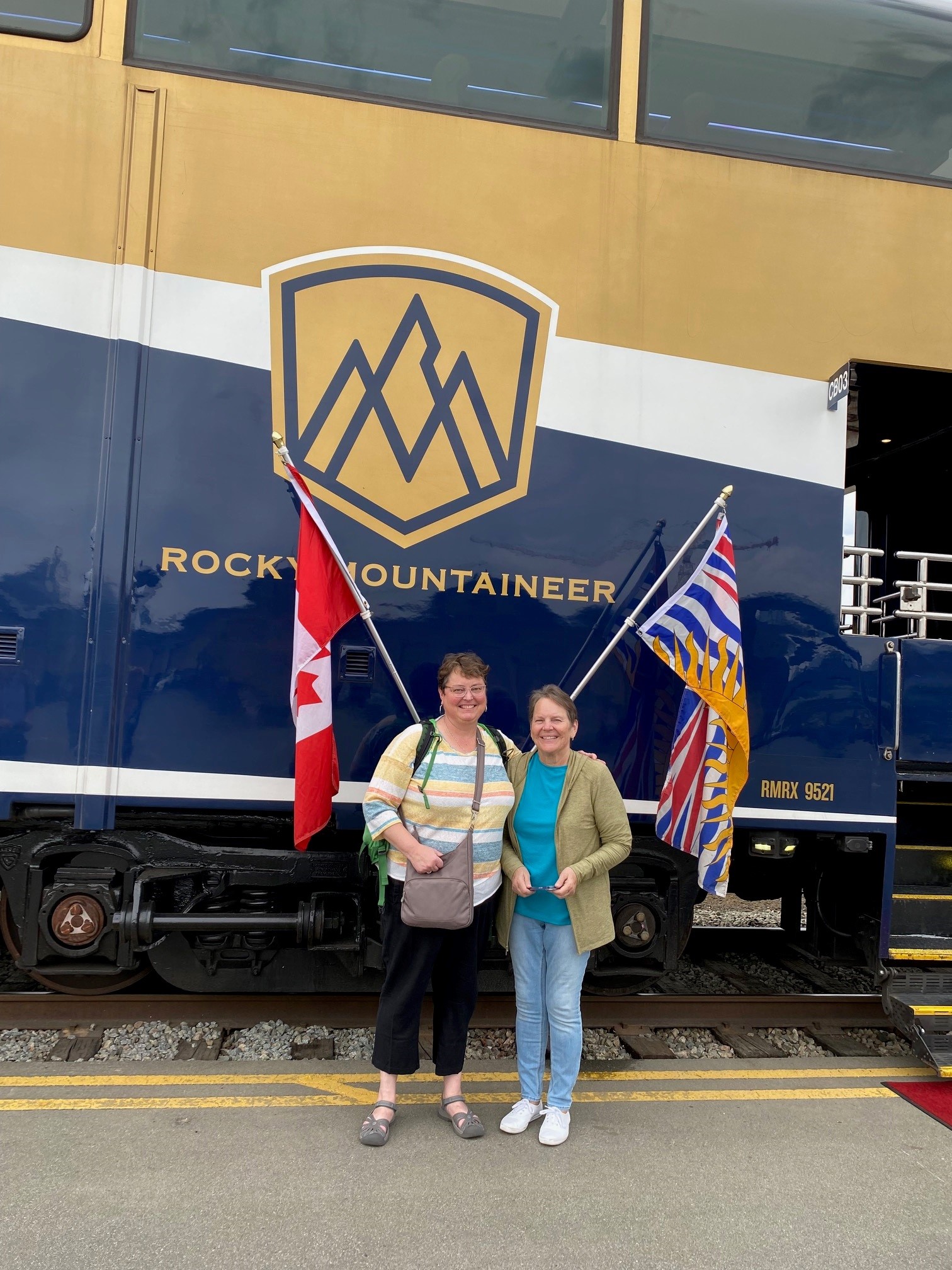
The light always returns: Alaska News Brief June 2023
in Clean Air and Water, Employment, Litigation, Newsletters, People & Places, Wild Lands & Wildlife
Earlier this month, I joined my mom on her last—for now—“bucket list” adventure. We took the train to the Canadian Rocky Mountains for two days from Vancouver to Banff, going from an urban landscape and rainforest into high desert into boreal forest. Then we rented a car to spend some time in Lake Louise and Calgary. Stunning!
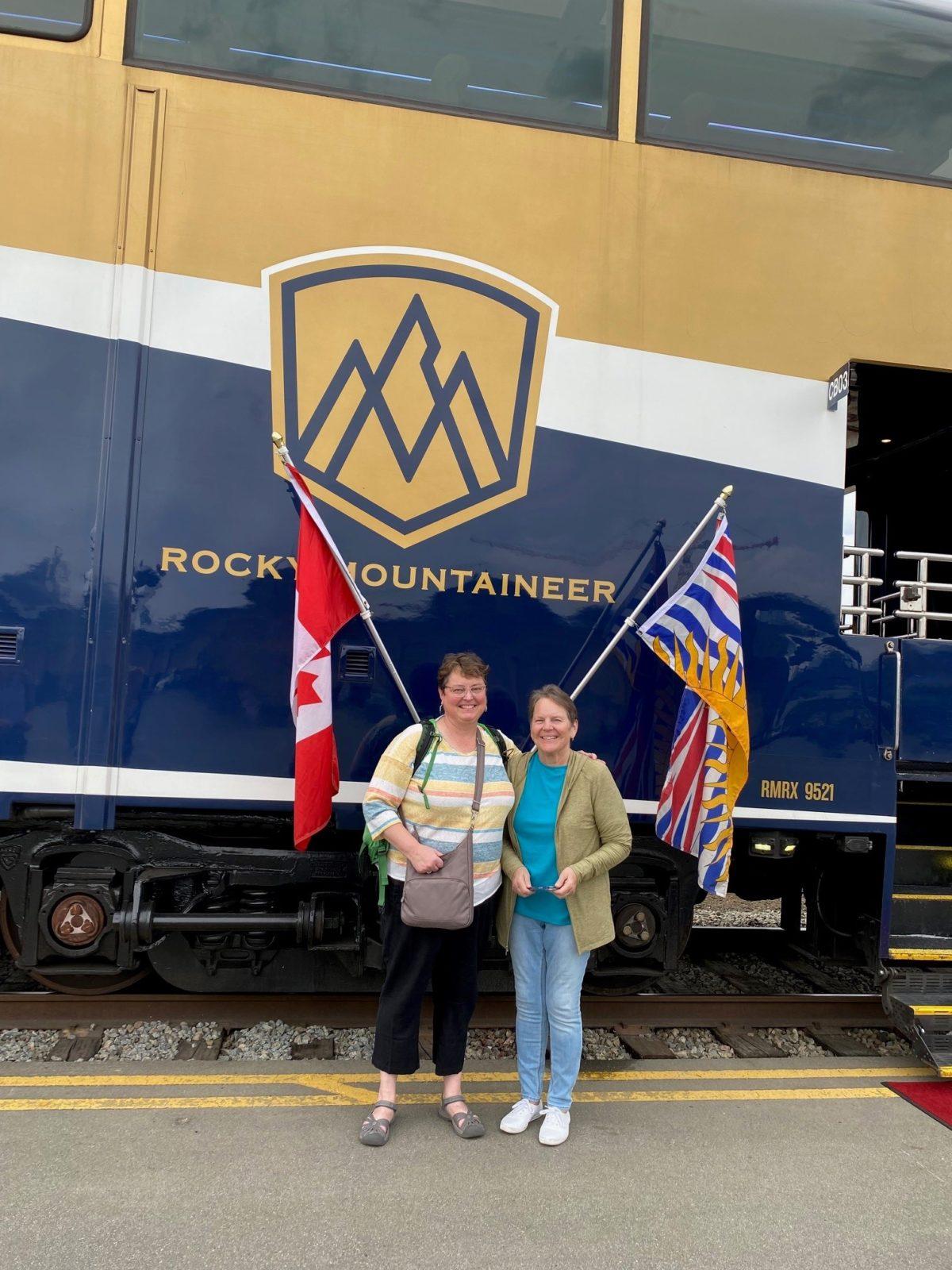
And, because life works this way, I caught a virus at the end of this short-but-sweet trip.
There’s a pattern to the ups and downs of life. Things lift us up and give us hope, and then other things bring us down or hold us back. We got a few days of sunshine and 60-plus-degree days over the Juneteenth weekend and then a return to gray skies and rain. There’s nothing to complain about, mind you, but the heart can use more warmth, light, growth.
There’s a reason we celebrate light and dark and the markers of transition. Rain or shine, Alaskans always talk up summer solstice and celebrate it one way or another. Because when socked in, it helps to look on the bright side, for it will always come, and it will always go, and it will always return again.
Take our Izembek work. Trustees has been working to protect Izembek National Wildlife Refuge from the threat of a commercial road for decades, first legislatively and then in court. Back in the 1990s, politicians and corporations talked about how a road on the Izembek isthmus would be a boon to the seafood industry. Those folks didn’t get far with a corporate message.
Soon after, there were many discussions about the problem of getting to Cold Bay from King Cove for emergency medical access in bad weather. Significant improvements to the local clinic were made and studies were done to determine better transportation. A hovercraft went into operation to take people across the bay and was successfully in doing so, but was ultimately scrapped because of maintenance and other costs. Finally, under the Obama administration, an in-depth environmental review of a road between King Cove and Cold Bay as well as other alternatives were considered. The road was determined not to be the best alternative because of the harm that it would cause to Izembek’s plants and animals—and studies showed that safer, more reliable transportation options exist.
Over and over, we have joined clients and partners in stopping approval of this road. Izembek nourishes birds and fish, grizzly bears and sea mammals, and so much more—including Indigenous communities who rely on the area’s animals for food and as part of their culture, and both in Izembek and farther north where birds using the refuge ultimately nest. When two Trump-era land swaps were made without transparency or Congressional oversight, we challenged those and won in District Court, yet ended up in the U.S. Ninth Circuit Court on the last one. There, a small panel of judges gave us a bad ruling that we later appealed before the full court, with oral argument last December.
Then in March, Secretary Haaland withdrew the 2019 land exchange while committing to opening up a new process to evaluate alternatives that would include environmental review and public input.
Needless to say, when the U.S. Ninth Circuit Court of Appeals dismissed the case as moot this month, it came as good news, but hard won. The path to this ruling proved convoluted and exceedingly dangerous to the Alaska National Interest Lands Conservation Act, which protects Alaska’s wildlife refuges and national parks and all that rely on those places for health and life.
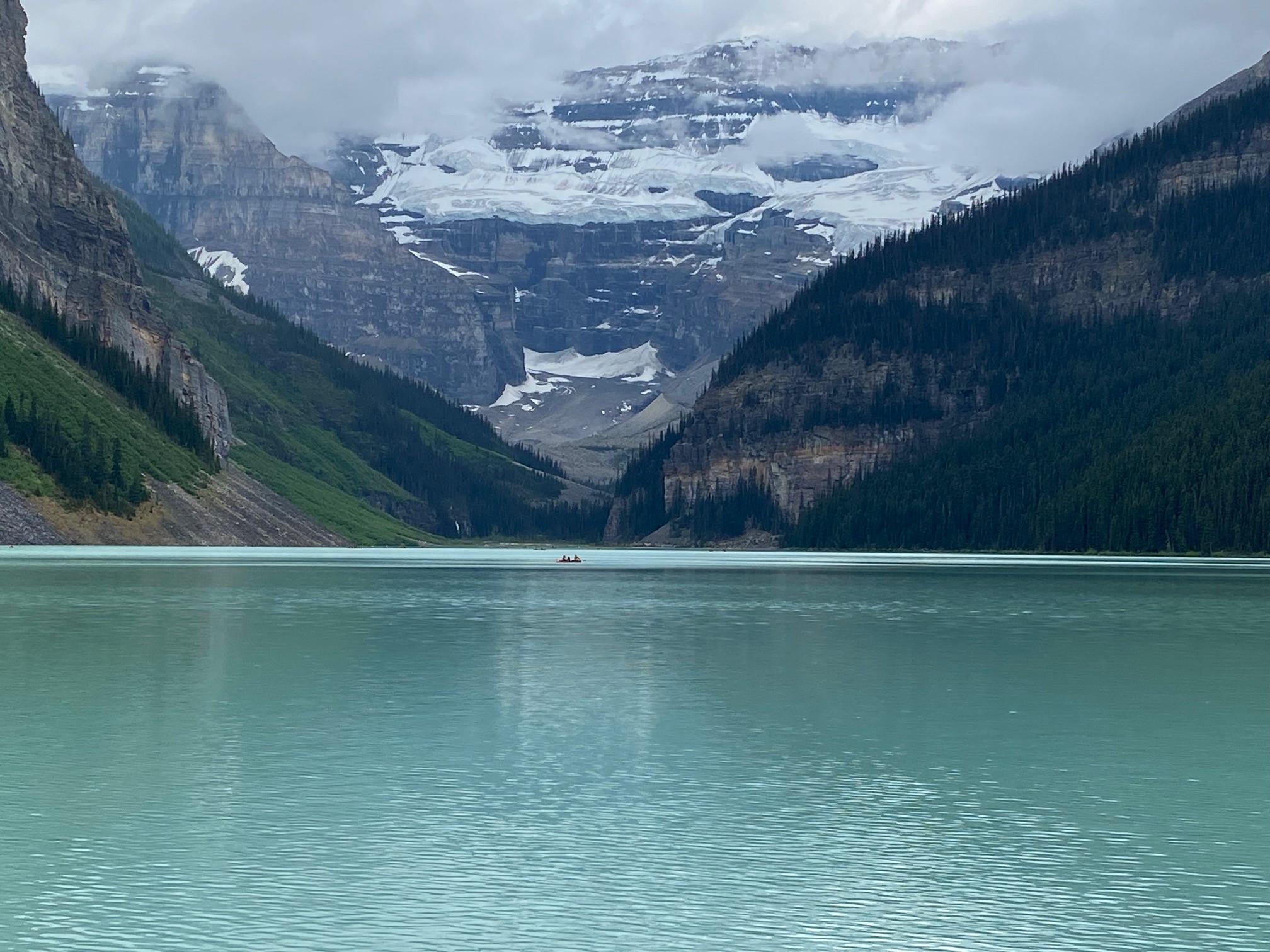
And it’s not over, either. The path ahead will likely be similarly tumultuous as the same players take new aim at putting an industrial transportation corridor on designated Wilderness and internationally recognized eelgrass beds—an ecologically rich and essential place.
It’s hard sometimes to see the light, and yet we do.
Because people continue speaking up for all the beings who cannot speak our languages or write comments; people keep standing up for land and water and future generations; people keep showing up for a world where value isn’t a dollar sign, but a sign of care for more than self.
There’s a lot about policy and the law that makes it hard to see the light, yet its always there when you look for it, and though it sometimes ebbs, it always comes back.
Happy summer solstice week!
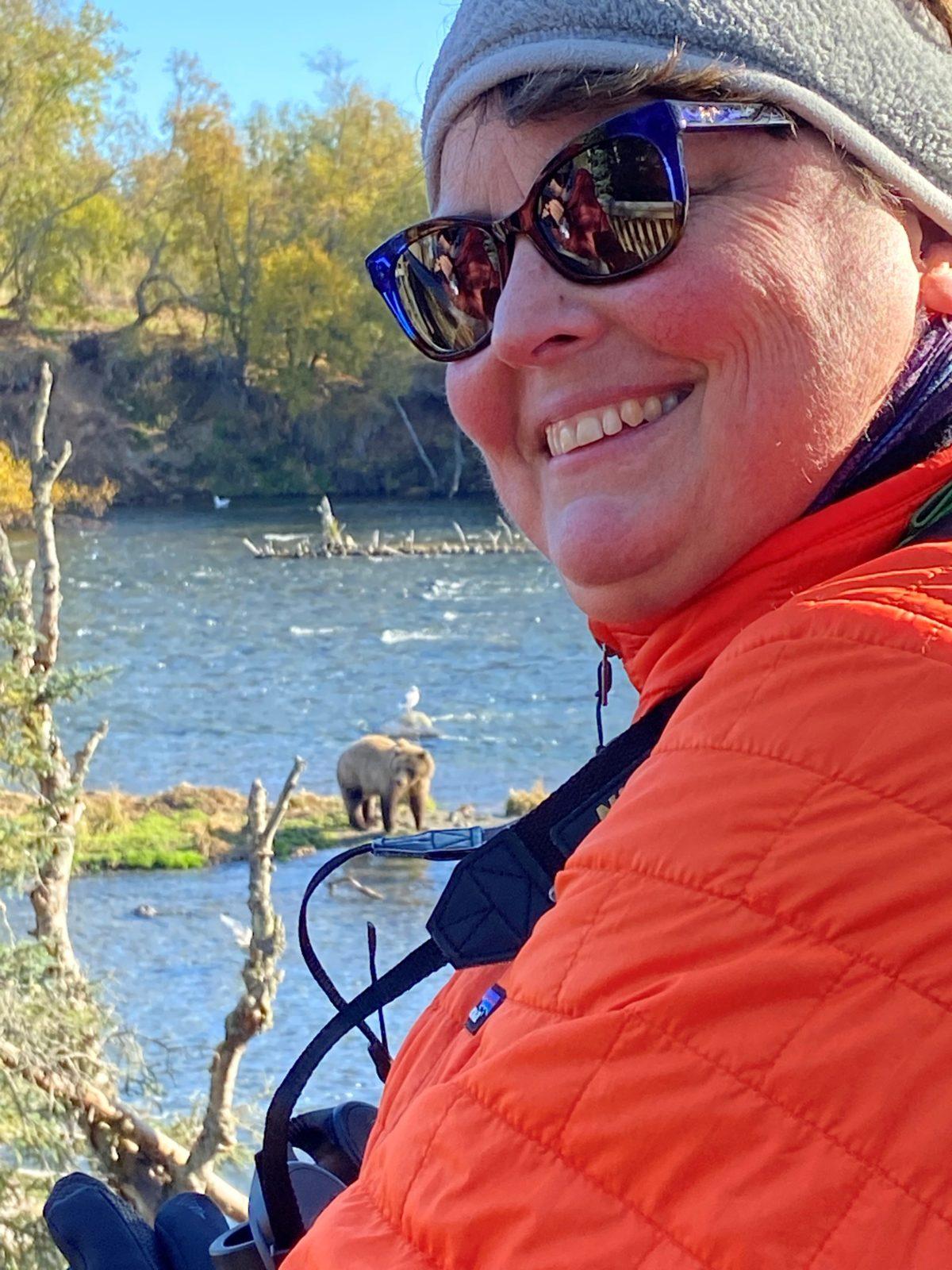

PS. Thanks to supporters like you, we can continue fighting to protect Alaska’s land, water, air, wildlife and people.



